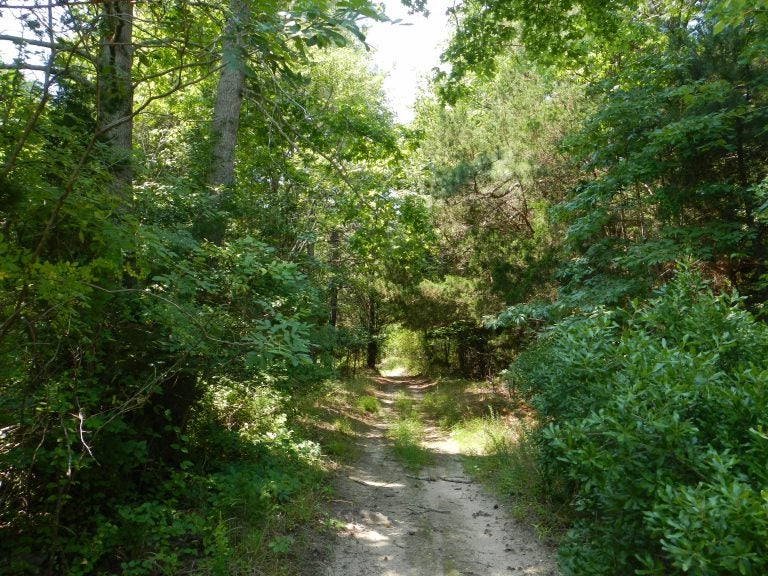Conservationists acquire 477 acres for Cape May Wildlife Refuge
The largest privately owned piece of land remaining on the Cape May Peninsula has been added to the Cape May Wildlife Refuge after more than 10 years of negotiations.

(The Nature Conservancy)
The largest privately owned piece of land remaining on the Cape May Peninsula has been added to the Cape May Wildlife Refuge after more than 10 years of negotiations. The acquisition was pushed through — and partially funded — by a spate of environmental protection groups. They see the 477-acre swath as essential for providing habitat to migrating birds and maintaining a healthy ecosystem.
The collaboration began with a shared belief that this land is special, said Bob Allen, assistant state director of the New Jersey chapter of the Nature Conservancy.
“We sat down and identified this property as the most important one left to protect on the Cape May Peninsula, and we’ve all been working together since then,” he said.
The newly acquired land acts as a harbor for a variety of migrating birds, including shore birds who gather on the nearby Delaware Bay. It also provides a more permanent home to forest-nesting birds such as the vibrant scarlet tanager, he said.
Finally, the streams that flow across the grounds help replenish beaches and marshes by carrying vital sand and sediment. This role is increasingly important as sea levels rise and cause erosion.
The $1.3 million deal went through in late 2017, although it was announced to the public only recently. Cape Viking LLC, a subsidiary of South State Inc. General Contractors of Bridgeton, New Jersey, owned the land and had plans to develop it.
When the company learned about interest in conserving the property, however, they saw the benefits of a protected site. In a statement released Tuesday, South State Inc. principal Chip Ottinger said, “Some properties make sense to develop, others are simply best left alone.”
Partners who were part of the effort to purchase the land for conservation include the American Littoral Society, Open Space Institute, and the United States Fish and Wildlife Service.
In Tuesday’s statement, Kathleen Cox, realty specialist at the U.S. Fish and Wildlife Service, affirmed the decision. “This is an important addition to the protected mosaic of lands that make Cape May one of North America’s most important migratory stopovers and world-renowned ecotourism destinations for birding and outdoor recreation,” she said.
When spring comes, Allen said, he recommends an evening walk through the property. “This is one of the best areas I’ve ever heard for frogs — and it is so loud at times that it actually hurts your ears.”
WHYY is your source for fact-based, in-depth journalism and information. As a nonprofit organization, we rely on financial support from readers like you. Please give today.




